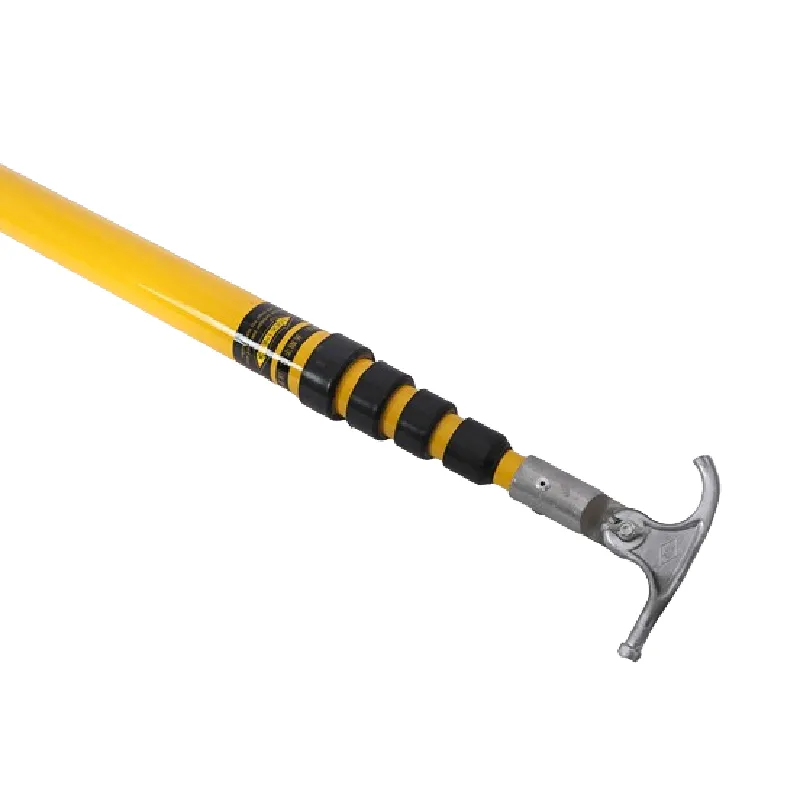
-
 Afrikaans
Afrikaans -
 Albanian
Albanian -
 Amharic
Amharic -
 Arabic
Arabic -
 Armenian
Armenian -
 Azerbaijani
Azerbaijani -
 Basque
Basque -
 Belarusian
Belarusian -
 Bengali
Bengali -
 Bosnian
Bosnian -
 Bulgarian
Bulgarian -
 Catalan
Catalan -
 Cebuano
Cebuano -
 Corsican
Corsican -
 Croatian
Croatian -
 Czech
Czech -
 Danish
Danish -
 Dutch
Dutch -
 English
English -
 Esperanto
Esperanto -
 Estonian
Estonian -
 Finnish
Finnish -
 French
French -
 Frisian
Frisian -
 Galician
Galician -
 Georgian
Georgian -
 German
German -
 Greek
Greek -
 Gujarati
Gujarati -
 Haitian Creole
Haitian Creole -
 hausa
hausa -
 hawaiian
hawaiian -
 Hebrew
Hebrew -
 Hindi
Hindi -
 Miao
Miao -
 Hungarian
Hungarian -
 Icelandic
Icelandic -
 igbo
igbo -
 Indonesian
Indonesian -
 irish
irish -
 Italian
Italian -
 Japanese
Japanese -
 Javanese
Javanese -
 Kannada
Kannada -
 kazakh
kazakh -
 Khmer
Khmer -
 Rwandese
Rwandese -
 Korean
Korean -
 Kurdish
Kurdish -
 Kyrgyz
Kyrgyz -
 Lao
Lao -
 Latin
Latin -
 Latvian
Latvian -
 Lithuanian
Lithuanian -
 Luxembourgish
Luxembourgish -
 Macedonian
Macedonian -
 Malgashi
Malgashi -
 Malay
Malay -
 Malayalam
Malayalam -
 Maltese
Maltese -
 Maori
Maori -
 Marathi
Marathi -
 Mongolian
Mongolian -
 Myanmar
Myanmar -
 Nepali
Nepali -
 Norwegian
Norwegian -
 Norwegian
Norwegian -
 Occitan
Occitan -
 Pashto
Pashto -
 Persian
Persian -
 Polish
Polish -
 Portuguese
Portuguese -
 Punjabi
Punjabi -
 Romanian
Romanian -
 Russian
Russian -
 Samoan
Samoan -
 Scottish Gaelic
Scottish Gaelic -
 Serbian
Serbian -
 Sesotho
Sesotho -
 Shona
Shona -
 Sindhi
Sindhi -
 Sinhala
Sinhala -
 Slovak
Slovak -
 Slovenian
Slovenian -
 Somali
Somali -
 Spanish
Spanish -
 Sundanese
Sundanese -
 Swahili
Swahili -
 Swedish
Swedish -
 Tagalog
Tagalog -
 Tajik
Tajik -
 Tamil
Tamil -
 Tatar
Tatar -
 Telugu
Telugu -
 Thai
Thai -
 Turkish
Turkish -
 Turkmen
Turkmen -
 Ukrainian
Ukrainian -
 Urdu
Urdu -
 Uighur
Uighur -
 Uzbek
Uzbek -
 Vietnamese
Vietnamese -
 Welsh
Welsh -
 Bantu
Bantu -
 Yiddish
Yiddish -
 Yoruba
Yoruba -
 Zulu
Zulu


Sep . 26, 2024 04:04 Back to list
Necessary Gear for Durable Cable Rollers in Heavy-Duty Applications
Essential Equipment for Heavy-Duty Cable Rollers
When it comes to managing and deploying heavy-duty cables in various industrial applications, the role of cable rollers cannot be overstated. These devices facilitate the safe and efficient movement of cables, minimizing the risk of damage while ensuring operational efficiency. For professionals in industrial sectors, understanding the essential equipment for heavy-duty cable rollers is crucial for successful outcomes.
1. Heavy-Duty Cable Rollers
At the heart of any cable deployment operation is the heavy-duty cable roller itself. These rollers are specifically designed to support large cables, particularly those used in construction, telecommunications, and electrical installations. Made from high-strength materials like steel or reinforced plastic, heavy-duty cable rollers can withstand significant loads while providing a smooth surface for cables to roll over. The choice of rollers depends on the cable size and weight, with various sizes available to suit different needs.
2. Protective Equipment
Safety is paramount when handling heavy-duty cables. Protective equipment for operators includes safety gloves, helmets, and high-visibility clothing. Each piece of equipment is designed to protect workers from potential hazards associated with cable management, such as crushing incidents or trips and falls. Additionally, eye protection is essential when cutting or spooling cables to guard against flying debris.
3. Cable Guides
essential equipment for heavy duty cable rollers

To ensure a smooth unwinding process, cable guides are essential for directing cables into the right position. These devices help maintain the correct angle, minimizing stress on the cable. They prevent tangling and ensure that the cables do not get caught on obstacles during deployment, which can cause significant delays and damage.
4. Cable Pullers and Tensioners
To further streamline the installation process, cable pullers and tensioners are recommended. Cable pullers enable operators to efficiently pull cables over long distances, reducing manual labor and enhancing productivity. Tensioners, on the other hand, help maintain the required tension on the cable during installation, preventing slack that could lead to future complications such as kinks or electrical issues.
5. Inspection Tools
Lastly, inspection tools are vital in ensuring the integrity of the cables before and after deployment. Equipment such as cable testers and multimeters help verify the electrical integrity and performance of the cables. Regular inspections using these tools can identify potential problems early, allowing for timely maintenance and reducing downtime.
In conclusion, the effective use of heavy-duty cable rollers hinges on understanding the essential equipment that accompanies them. By utilizing high-quality cable rollers, protective gear, guides, pullers, tensioners, and inspection tools, professionals can ensure the safe and efficient management of heavy-duty cables. This, in turn, enhances productivity and safety in industrial environments, ultimately leading to successful project completions.
Latest news
What Are Construction Tools and How Are They Used?
NewsJul.11,2025
Professional-Grade Duct Rodding Tools for Superior Cable Installation
NewsJul.11,2025
Enhancing Safety and Efficiency with Modern Hot Stick Solutions
NewsJul.11,2025
Empowering Cable Installation with Advanced Rodder Solutions
NewsJul.11,2025
Elevate Your Cable Installation Projects with Cable Pulling Tools
NewsJul.11,2025
Efficient Cable Handling Solutions: Cable Rollers for Sale
NewsJul.11,2025











